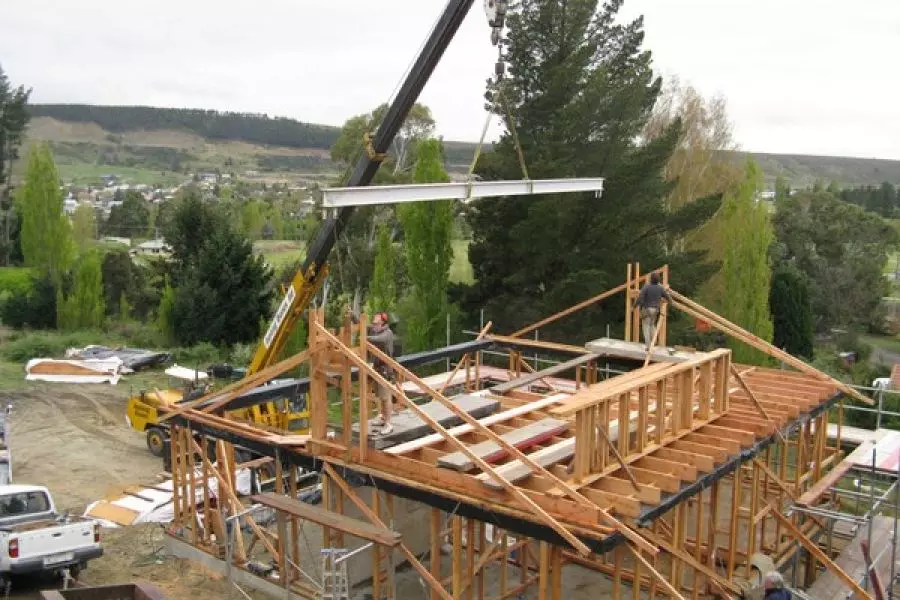News
Boom times for Auckland consents

Friday 30th of November 2018
The latest data from Stats NZ is out and it shows that a total of 13,078 new dwellings were consented in Auckland in the year ending October 2018.
Not only is this a 25% increase on October 2017, it is also the highest number of consents issued in a year since the 1970s.
Stats NZ construction statistics manager Dave Adair says dwelling consents in Auckland briefly reached a simi...
Want to read the full article?
Click the button below to subscribe and will have unlimited access to full article and all other articles on the site.






![[The Wrap] Bye Bye Bayly](https://goodreturns.publit.io/file/c_fill,w_900,h_600/39f23ac1-f7c7-4854-b700-a150004ebbac.webp)


